One of the great things about learning Arctic science here at Toolik is that there’s a wide variety of projects going on. While my team is studying how carbon moves across the landscape, other teams are studying plants, birds, insects, airborne chemicals, hibernating squirrels, and spiders.
So today I broadened my horizons by going out in the field with Team Spider, which includes Nell Kemp, the other PolarTREC teacher at Toolik right now.
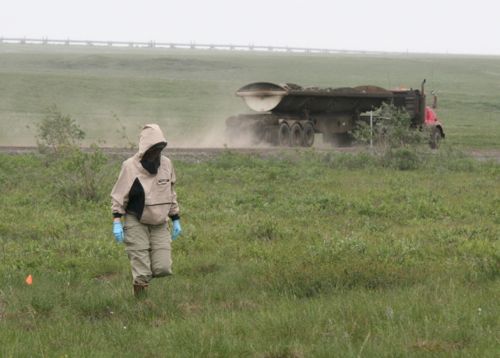
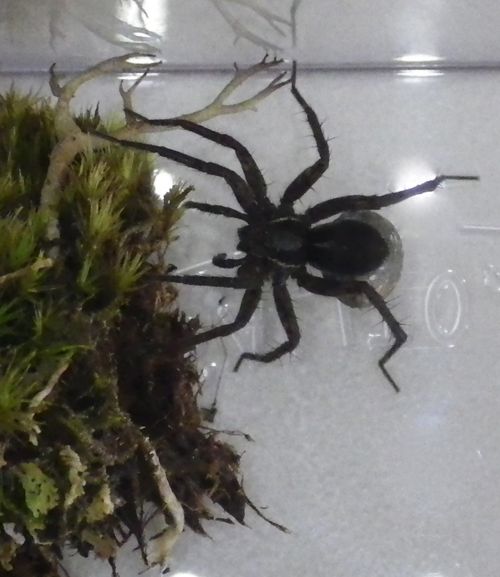
Team Spider is studying the ecology of wolf spiders on the tundra, especially the impact of parasitoid wasps on spiders. If you’ve been in my Environmental Science class, you know about parasitoid wasps that attack caterpillars by laying their eggs inside the caterpillar, enabling the wasp larvae to hatch inside the caterpillar and eat it alive from the inside out.

Well, it turns out that here on the tundra wasps do the same thing to wolf spiders – the wasps actually lay their eggs inside the egg sacs of females. The wasp larvae hatch along with the little spiders and eat them before they leave the egg sac. Team Spider is run by Amanda Koltz, who’s working on her Ph.D., and has set up a series of pit traps to collect wolf spiders along the 250 kilometer stretch of the Dalton Highway from the Brooks Range to the Arctic Ocean. Today the team collected spiders and insects from the traps, and later they’ll dissect them under microscopes to determine whether they've been parasitized.
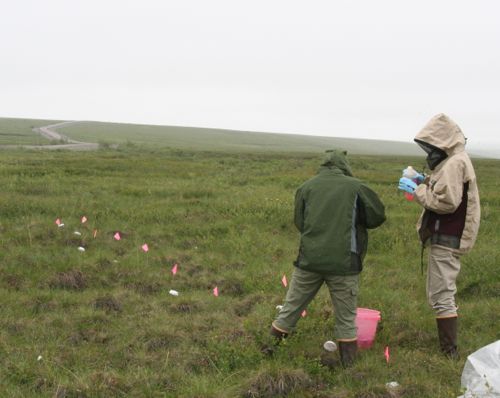
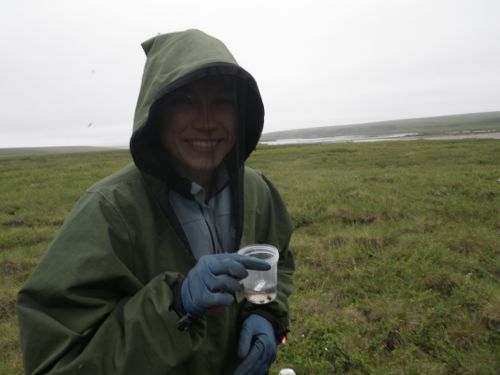
On the way back we saw caribou grazing on the tundra in front of the Alaska Pipeline.
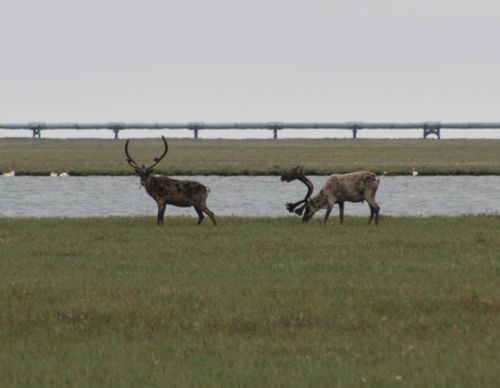
If you want to know more about spiders, check out Nell’s PolarTREC expedition page.


Comments